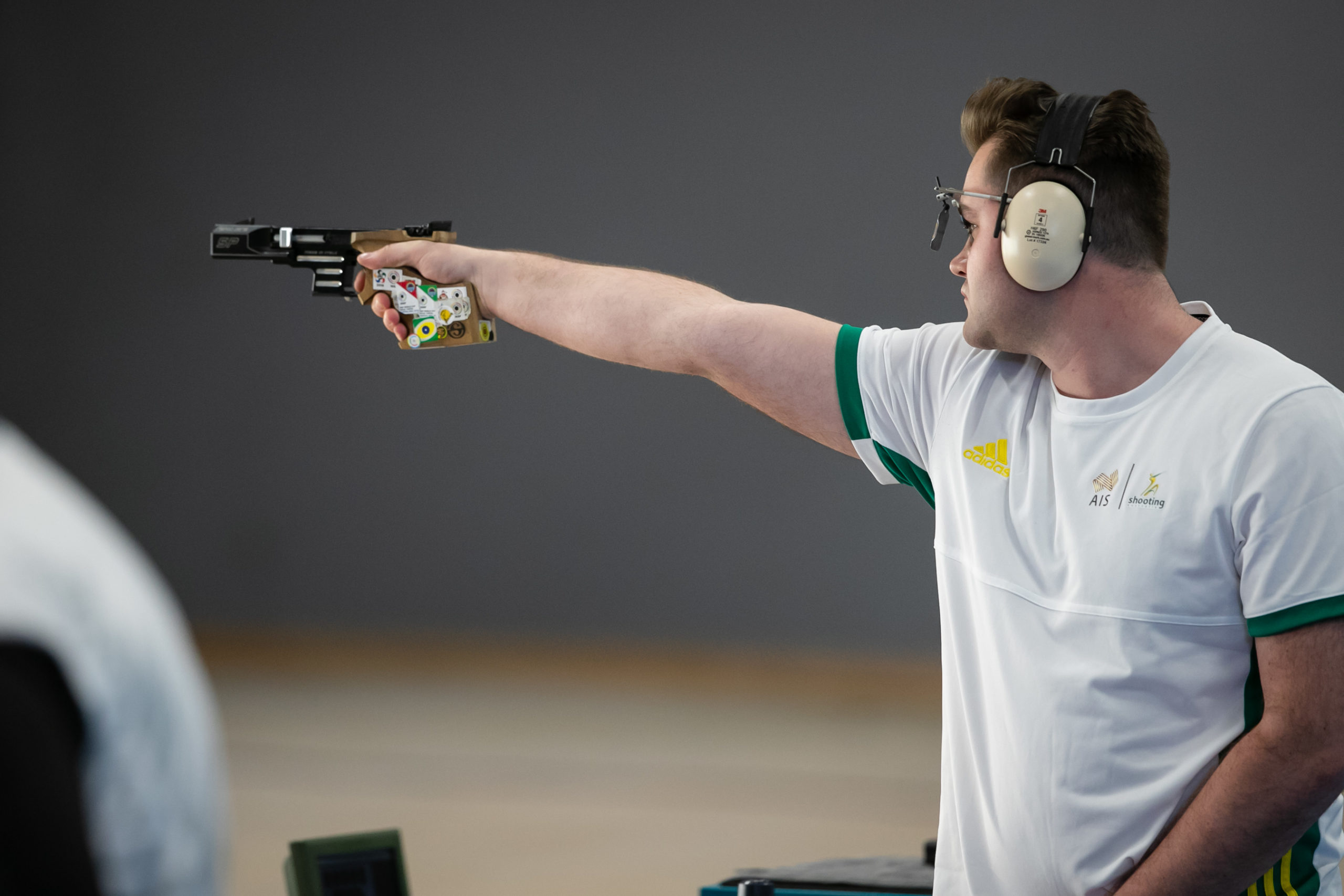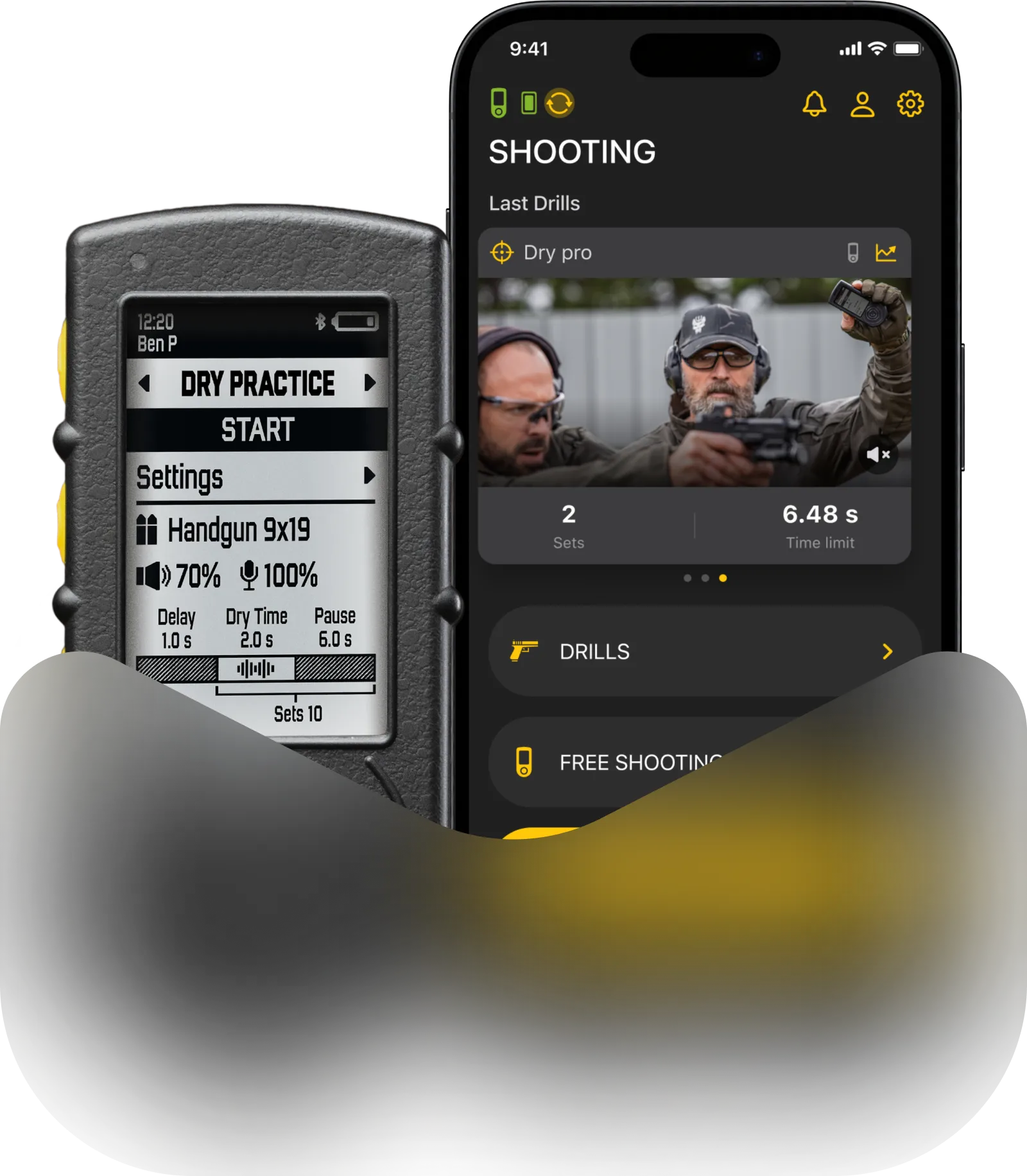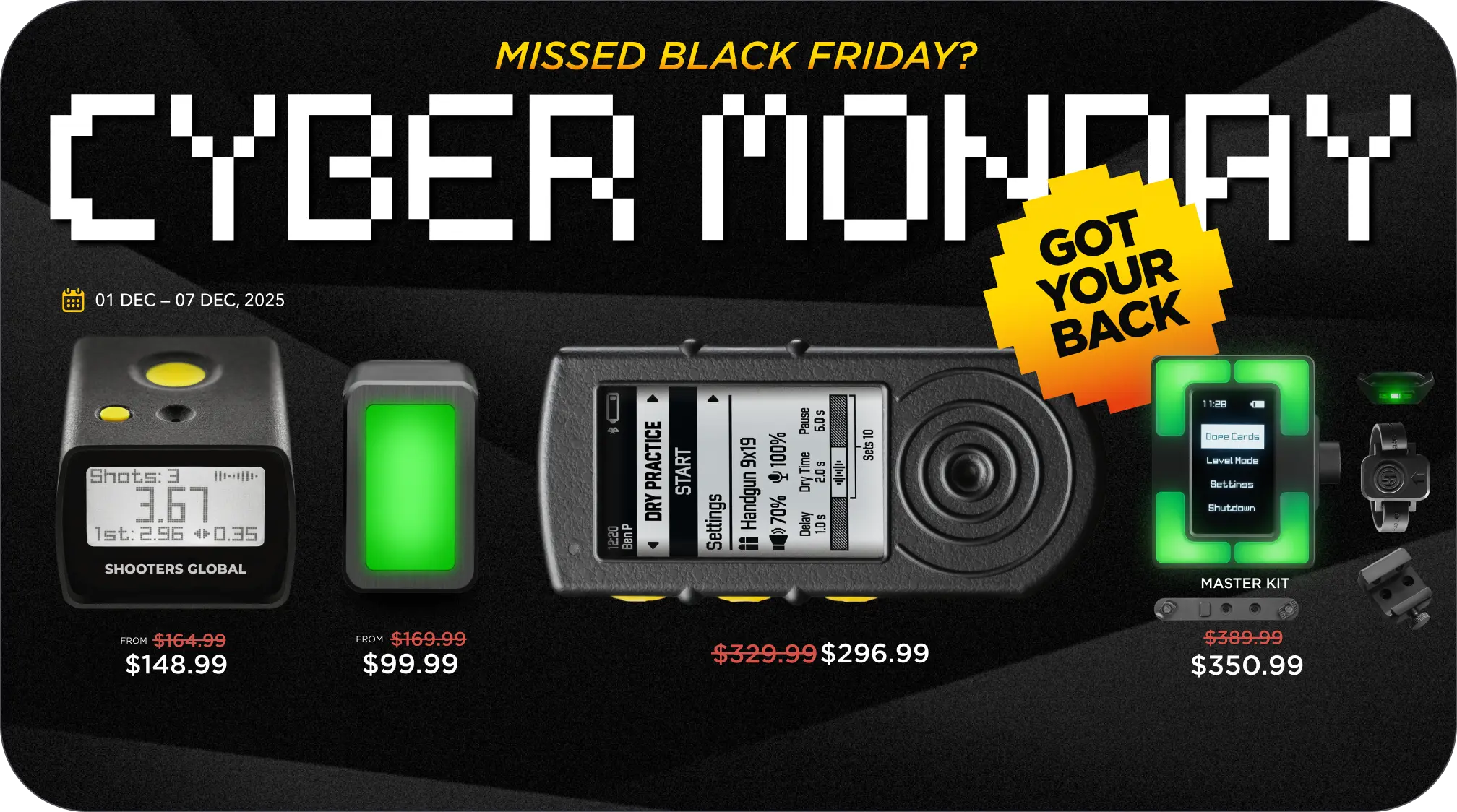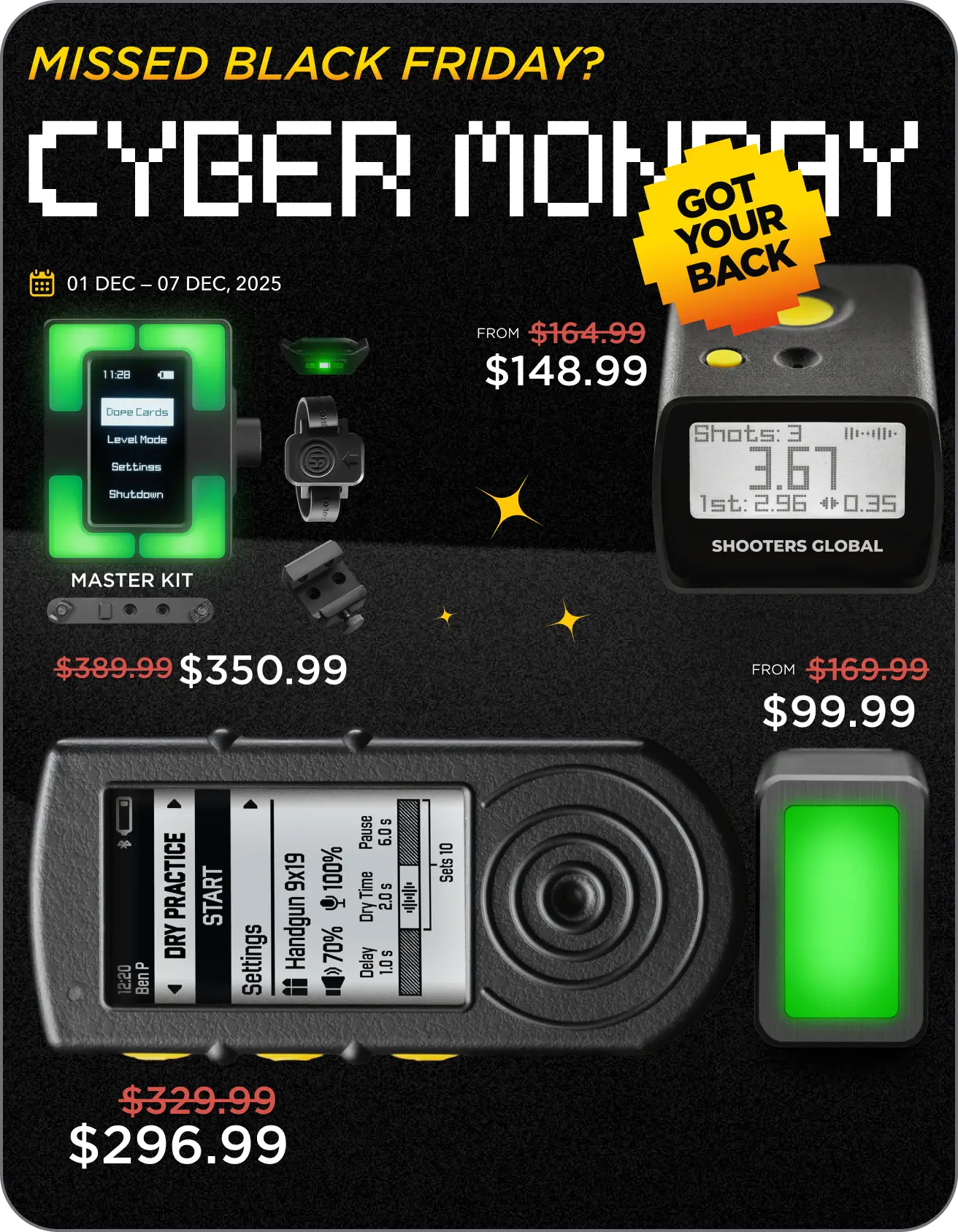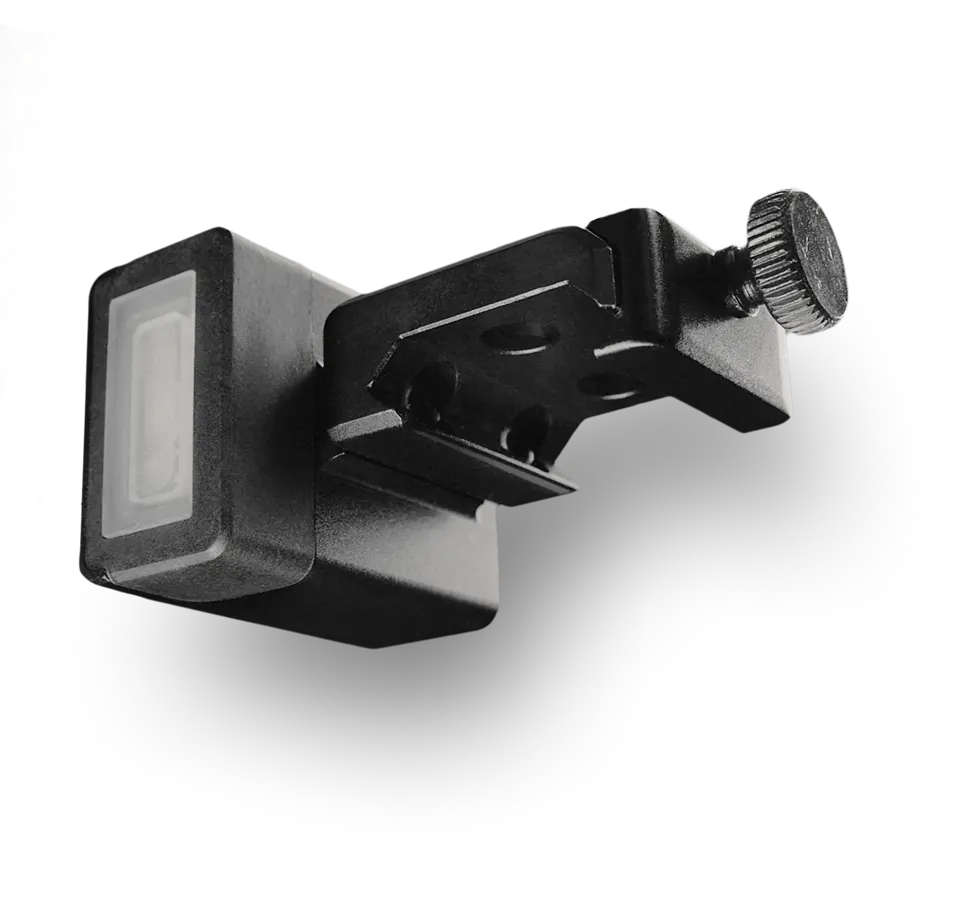The 2024 Olympic Games will start this month, July 2024. In this article, we will talk about Olympic shooting disciplines, rules, interesting stories, and preparation tips. So you can prepare to watch or perhaps even participate in the upcoming games.
Overview of Olympic Shooting
Olympic shooting tests the precision and control of athletes using rifles, pistols, and shotguns. This sport demands skill and steady hands. This sport has been part of every modern Olympics since 1896, except for a few occasions in 1904 and 1928. It showcases three main categories:
- Pistol. In pistol events, athletes use air pistols or rapid-fire pistols to hit targets at 10m and 25m ranges.
- Rifle. Competitors shoot at stationary targets from distances of 10m, 50m, and sometimes 50m using single-loaded rifles.
- Shotgun. This outdoor event challenges shooters to hit flying targets, known as clays, using 12-gauge shotguns.
Men and women compete in separate events. Olympic shooting is governed by strict rules set by the International Shooting Sport Federation (ISSF), ensuring fairness and precision across all events.
Also read: 9 must-have devices for rifle shooters
Rules of the Olympic Shooting Game
Olympic shooting has clear and specific rules designed to test precision and accuracy across different events. Competitions typically consist of a qualification phase followed by a finals match. Only the top shooters from the qualifications move on to the finals. Rules for mixed team events specify team compositions and how scores from individual team members are combined.
Here’s a detailed look at the rules for each category.
Rifle and Pistol Events:
Shooters fire at targets from fixed distances—10m for air events, 25m for rapid fire pistol events, and 50m for rifle events.
The target in rifle and pistol events is a stationary paper target marked with concentric circles; the closer to the center, the higher the score.
Athletes shoot a set number of rounds within an allotted time. Scores are based on the accuracy of shots, with maximum points for hitting the bullseye.
Shotgun Events (Skeet and Trap):
In these events, targets (clays) are released from traps at varying angles and speeds. Shooters must hit the clays in flight.
Competitors rotate through different stations, aiming to hit targets projected in various trajectories. Each hit scores points, and missed targets result in no points.
Equipment Regulations:
- Firearms. Specifications for each type of gun (rifle, pistol, shotgun) are strictly defined, including caliber, weight, and trigger pull. For example, the trigger pull in 10m Air Rifle must not be less than 500 grams.
- Ammunition. The type and specifications of ammunition are regulated. For instance, 4.5mm pellets are used in air pistol events, and 12-gauge shotshells are used in shotgun events.
- Clothing and accessories. Athletes must wear clothing that conforms to ISSF standards, which restrict overly stiff materials and clothing that could artificially support the shooter’s stance. Additionally, specific types of shoes and glasses are prescribed to avoid any unfair advantage.
Scoring:
- Accuracy. Points are awarded based on the proximity of the shot to the center of the target. The scoring rings on targets have point values, with the center (bullseye) worth the most points.
- Penalties. Athletes must begin and end firing in response to official electronic signals. Shooting before or after these commands can lead to penalties.
- Tie-breaking. In the event of a tie, shoot-offs or additional series of shots may be used to determine the winner.
You can learn more about full rules on the official Olympics website.
Iconic Moments on Shooting Olympics
Karoly Takacs’ Comeback
Hungarian shooter Karoly Takacs made an inspiring comeback after a grenade shattered his right hand — the one he used for shooting. Undeterred, Takacs taught himself to shoot with his left hand, and against all odds, he won gold medals in rapid fire pistol at both the 1948 London Olympics and the 1952 Helsinki Olympics.
Matt Emmons’ Costly Mistake
In a less humorous but certainly unforgettable and somewhat ironic twist, American shooter Matt Emmons had a famous mishap at the 2004 Athens Olympics. Leading comfortably in the 50m rifle three positions, Emmons fired at the wrong target on his final shot. This mistake cost him a certain gold medal, dropping him to eighth place.
The upcoming Olympic Shooting Games will start on July 27, 2024. You can check the full schedule here.
What makes Olympic shooting different from IPSC competitions
Olympic shooting and IPSC (International Practical Shooting Confederation) competitions differ significantly in focus, equipment, and competition format.
Olympic shooting emphasizes precision and accuracy, with athletes aiming at stationary targets at fixed distances. The equipment used is highly specialized and tightly regulated to ensure uniformity and fairness. Competitions are structured with a clear focus on precision shooting from fixed positions.
In contrast, IPSC competitions stress speed, accuracy, and practicality. Shooters engage in dynamic courses that include moving and reactive targets, varied scenarios, and obstacles. The rules allow for a wide range of firearm modifications, making the competition gear-oriented with a focus on customization for speed and efficiency. IPSC tests competitors’ ability to think and shoot quickly under more practical, real-world conditions.
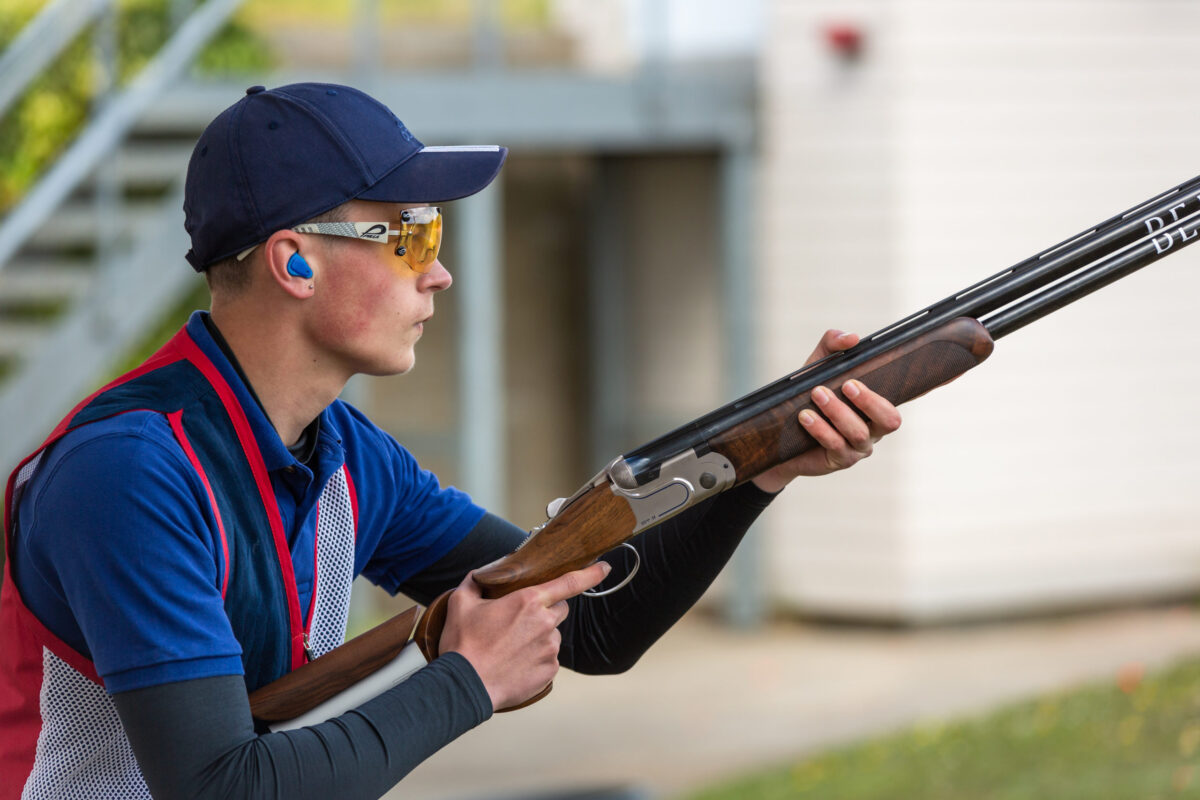
How to Prepare for Olympic Shooting
Regular practice. Dedicate significant time to practice. Use both dry firing (practicing without live ammunition) and live firing to hone skills. Use an SG Timer 2 (shot timer by Shooters Global) to train yourself to do it faster. Every millisecond counts in competitions.
Specialized coaching. Work with a qualified coach who has experience in training Olympic-level athletes or participated in Olympic games in person. They can provide advice and corrections that are crucial for refining techniques.
Mental toughness. Develop mental resilience through techniques like visualization, meditation, and controlled breathing. These help in maintaining focus and calm under competition pressure.
Use of simulators. Incorporate shooting simulators to practice different scenarios and conditions. This helps to adapt to various competition styles and pressures. The shot timer and free Drills app will help you to create training conditions close to real competitions.
Fine motor skills. Engage in activities that improve hand-eye coordination and fine motor skills, such as table tennis or other precision sports.
Good luck with your preparations. And have fun watching the Olympics 2024!

